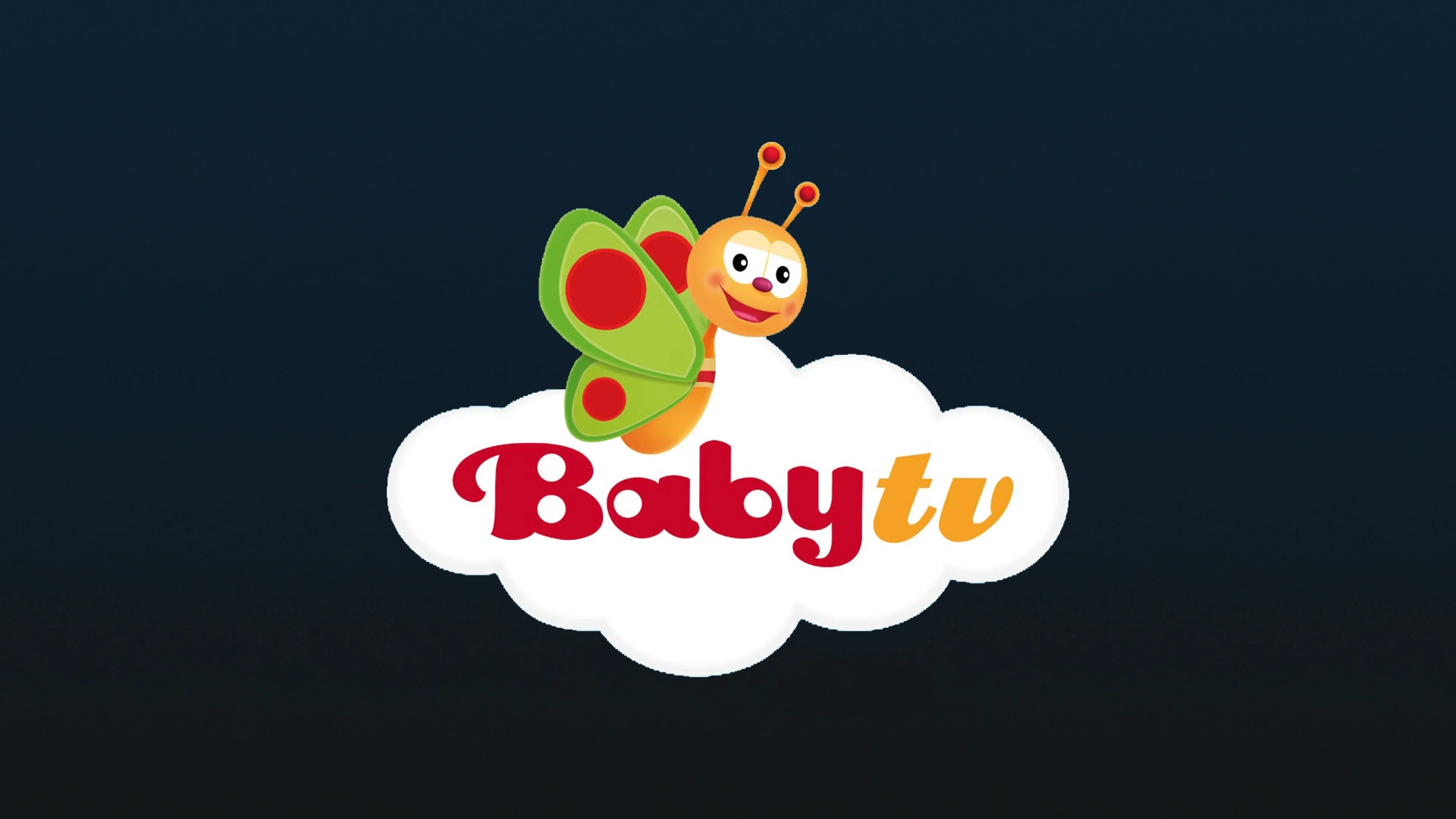Nickelodeon: A Legacy of Children’s Entertainment
Introduction
Nickelodeon, commonly known as “Nick,” is a global children’s television network that has shaped multiple generations with its diverse programming. Launched in the late 1970s, it has become a household name synonymous with innovative kids’ entertainment. Featuring animated series, live-action sitcoms, game shows, and educational content, Nickelodeon continues to be a dominant force in the industry, influencing pop culture and inspiring young audiences worldwide.
Early History and Founding
Nickelodeon traces its origins back to December 1, 1977, when it was first launched as “Pinwheel,” a cable channel developed by Dr. Vivian Horner. Initially designed as an educational network for children, it was rebranded as Nickelodeon on April 1, 1979. The network’s early years were experimental, featuring a mix of animated and live-action series, but it struggled financially due to the absence of advertising revenue.
Nickelodeon’s breakthrough came in the mid-1980s when it started producing original content tailored for children, combined with a strong marketing strategy. The launch of Nick at Nite in 1985, a nighttime programming block featuring classic sitcoms, helped the network gain financial stability. By the late 1980s, Nickelodeon had firmly established itself as the go-to television network for kids.
Expansion and Growth in the 1990s
The 1990s are often referred to as Nickelodeon’s golden era. During this time, the network introduced some of its most iconic and beloved shows, including:
- Rugrats (1991) – A quirky animated series following the adventures of toddlers.
- Doug (1991) – Chronicling the life of an imaginative young boy.
- The Ren & Stimpy Show (1991) – A surreal and sometimes controversial cartoon.
- Rocko’s Modern Life (1993) – An offbeat series that humorously depicted adult life through the eyes of a wallaby.
- Hey Arnold! (1996) – Centered around a boy living in an urban neighborhood.
The network’s first major live-action success came with shows like Clarissa Explains It All (1991) and Are You Afraid of the Dark? (1992). The decade also saw the rise of Nickelodeon Movies, which debuted with Harriet the Spy in 1996 and later produced hits like Good Burger (1997) and Rugrats in Paris (2000).
Nickelodeon’s ability to connect with young audiences was further amplified by Nickelodeon Studios, a production facility located in Orlando, Florida, that provided behind-the-scenes experiences for fans.
2000s: The SpongeBob Era and Global Expansion
The early 2000s saw the explosion of SpongeBob SquarePants, a franchise that became Nickelodeon’s flagship show. Debuting in 1999, the series remains one of the longest-running animated programs in television history. Its success led to movies, merchandise, and theme park attractions, solidifying Nickelodeon’s dominance in children’s media.
Other popular series from this era included:
- The Fairly OddParents (2001) – Following a boy with fairy godparents who grant him wishes.
- Dora the Explorer (2000) – An interactive adventure show designed for preschoolers.
- Jimmy Neutron: Boy Genius (2002) – Featuring a young scientist’s misadventures.
- Avatar: The Last Airbender (2005) – A critically acclaimed animated epic with rich storytelling and complex characters.
During this period, Nickelodeon expanded globally, launching localized channels across Europe, Asia, Latin America, and Africa. The TeenNick and Nick Jr. brands were also established, catering to specific age groups within the broader Nickelodeon audience.
2010s and Digital Evolution
As traditional television viewing habits changed, Nickelodeon adapted by embracing digital platforms and streaming services. The launch of Nick Play and the Nick App allowed kids to access their favorite shows on-demand. Additionally, Nickelodeon partnered with streaming giants like Netflix, Hulu, and Paramount+ to distribute its extensive library.
The 2010s also saw the revival of classic franchises, with Teenage Mutant Ninja Turtles (2012 reboot) and Legends of the Hidden Temple (2016 TV movie) keeping nostalgia alive for older audiences. Meanwhile, new hits like The Loud House (2016) and Henry Danger (2014) proved that Nickelodeon could still create fresh, engaging content for younger generations.
Nickelodeon Studios continued producing theatrical films, such as The SpongeBob Movie: Sponge Out of Water (2015), while also experimenting with crossover specials like SpongeBob SquarePants x Kamp Koral and Nicktoons Rewind.
Ownership and Corporate Structure
Nickelodeon operates under Paramount Global (formerly ViacomCBS), a media conglomerate that owns MTV, Comedy Central, CBS, and Paramount Pictures. Within Paramount’s portfolio, Nickelodeon is a crucial brand for children’s content, both on television and in digital formats.
The network’s programming is produced across various Nickelodeon-branded studios, including Nickelodeon Animation Studio (based in Burbank, California) and Nickelodeon Movies for film production. These divisions help expand the Nickelodeon brand beyond TV into film, merchandise, and even theme park attractions at Universal Studios.
Cultural Impact and Legacy
Nickelodeon has left a profound mark on pop culture, shaping childhoods through its unique blend of humor, creativity, and relatability. Its impact extends beyond television, influencing:
- Merchandising – Toys, apparel, and school supplies based on its iconic characters.
- Theme Parks – Nickelodeon Universe at Mall of America and global attractions.
- Live Events – The Kids’ Choice Awards, an annual event where kids vote for their favorite stars.
- Educational Programming – Shows like Blues Clues and Dora the Explorer introduced innovative learning methods.
Many actors, writers, and directors who started with Nickelodeon have gone on to successful careers in Hollywood, further emphasizing the channel’s role in nurturing talent.
Future Outlook
As the media landscape continues to evolve, Nickelodeon is investing in streaming services, interactive content, and franchise expansion. With new series, spin-offs, and digital-first programming, the brand remains committed to entertaining, educating, and inspiring children worldwide.
Upcoming projects include:
- More SpongeBob SquarePants spin-offs, such as The Patrick Star Show.
- New animated and live-action series that blend traditional storytelling with modern digital trends.
- Partnerships with gaming platforms, ensuring Nickelodeon content is integrated into interactive spaces where children engage daily.
Conclusion
From its humble beginnings in the 1970s to becoming a global powerhouse in children’s entertainment, Nickelodeon has continually evolved to meet the changing tastes of young audiences. With a legacy spanning decades, its commitment to fun, creativity, and innovation ensures that it will remain a beloved brand for future generations.











Add :